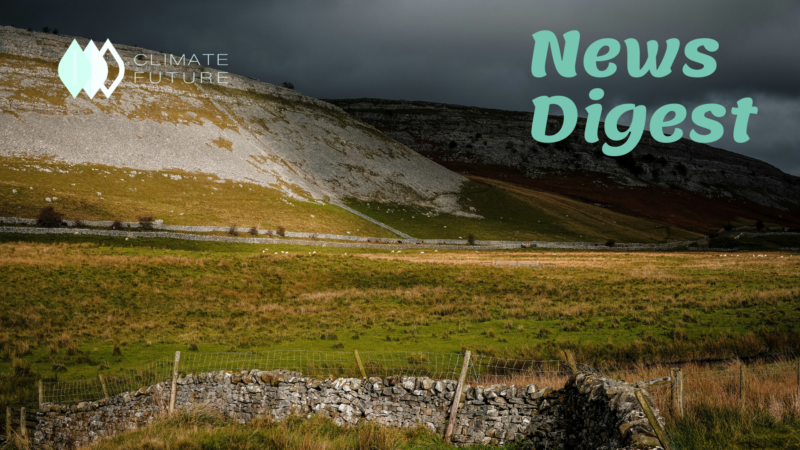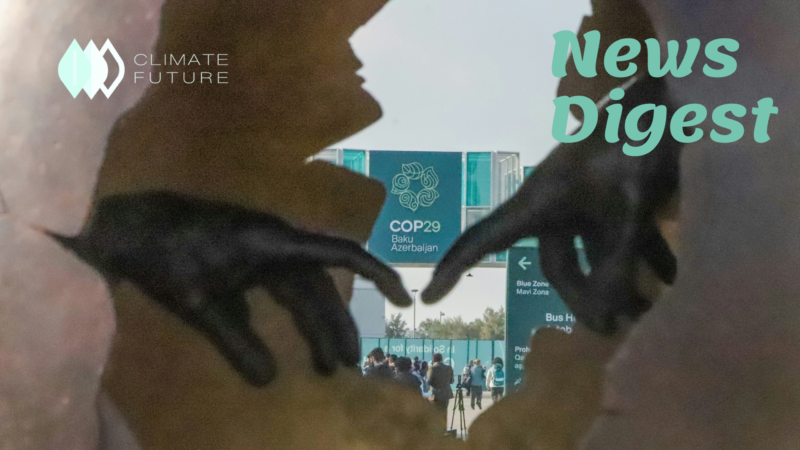By: Shah Tazrian Ashrafi
In 2019, Greenland lost a record 1m tonnes of ice sheet per minute. 143 million people could be displaced by the intensifying climate crisis. A report by The Guardian revealed that massive infrastructure projects are plunging forests “past tipping point”. Another study reveals that that melting Arctic ice is responsible for sparking storms in winter in Central America. Another grim study predicts that most polar bears are likely to slide into extinction by 2100. Recently, scientists have raised alarms about the Arctic sea ice’s condition. They have also demonstrated how the “record-breaking hurricane season” has been propelled by climate crisis.
The bleak, hopeless, and dystopian imagery that blooms in one’s mind hearing the aforementioned statistics is something A Life on Our Planet successfully attempts to conjure up. This Netflix documentary, David Attenborough’s “witness statement”, traces the life and times of the 93-year-old historian and broadcaster. In doing so, it provides the viewers with a glimpse into the planet’s past, present, and probable future. The documentary shines a brilliant and heat-rending light on the state of distress the planet is breathing through.
Throughout the film, Attenborough suggests that “we are replacing the wild with the tame”. From plucking gigantic whales out of the turquoise waters to razing the century-old trees and lush, green-choked homes of Orangutans, from mining the mountains to driving emissions up, big corporations are laying siege to the planet’s “abundance of life”. One clever thing about the film is how, throughout intervals, it keeps aggregating climate data from his 20s, when Attenborough first got into the business of documenting nature, and also the current data, juxtaposing both against one another in a contradicting manner. This act of juxtaposition works as an effective tool in evoking a strong sense of loss in the viewers. The urgency of immediate climate action is repeatedly stressed by those figures, and I think this is where one of the documentary’s many hammers lies.
Another powerful thing about the documentary is the way in which the natural world becomes a central character through the evocative storytelling. There is a passage in Arundhati Roy’s novel The God of Small Things, which begins like this: “Years later, when Rahel returned to the river, it greeted her with a ghastly skull’s smile, with holes where teeth had been, and a limp hand raised from a hospital bed.”
Between the river and the current condition of our planet, there is not much difference. Much like the river, the planet too is smiling a ghastly smile, raising a limp hand from the hospital bed it has been strapped to. More than a billion tons of “soil carbon” could be released into the atmosphere by a warming of 2 degree Celsius. In the film, this is what the nature’s character morphs into from a once- healthy form. Although there are still some undisturbed regions pulsating with biodiversity, the film suggests that they remain in significant risk in the face of humans’ increasing demands, from fossil fuel to minerals.
Toward the end, the documentary doles out some important insights as to how the catastrophe could be halted. Time and again, many scholars such as George Monbiot have suggested that ‘rewilding’ could be a way of healing the planet by capturing carbons and therefore reducing the atmospheric temperature. By allowing the wild flora and fauna to thrive, rewilding could reverse the destruction the planet has borne till date, says Attenborough in the film. In this regard, he highlights the example of Chernobyl, where the absence of human and activity has attracted wildlife populations as well as an explosion of greenery.
One area where I think the film falls short is the way in which Attenborough avoids holding big corporations accountable for much of the destruction, like activists such as Naomi Klein, Arundhati Roy, and George Monbiot do. The film could have highlighted the statistics on corporations’ and the wealthy elites’ roles in perpetuating the crisis, like the documentary City of Joy bravely does (although in a very different context). If the film had done that, instead of taking the “we” tone when alluding to the forces behind nature’s collapse, the storytelling could have been more layered and added more perspective on the complex issue of climate crisis.
Nevertheless, this is a very timely and urgent documentary that can fill one with despair and hope at the same time. At the end of The Scorpions’ Wind of Change music video, a narrator says that the world is a beautiful place, and we need to take care of it.
Whether that is possible, whether the harrowing predictions from the documentary emerge soon, only time can tell.




